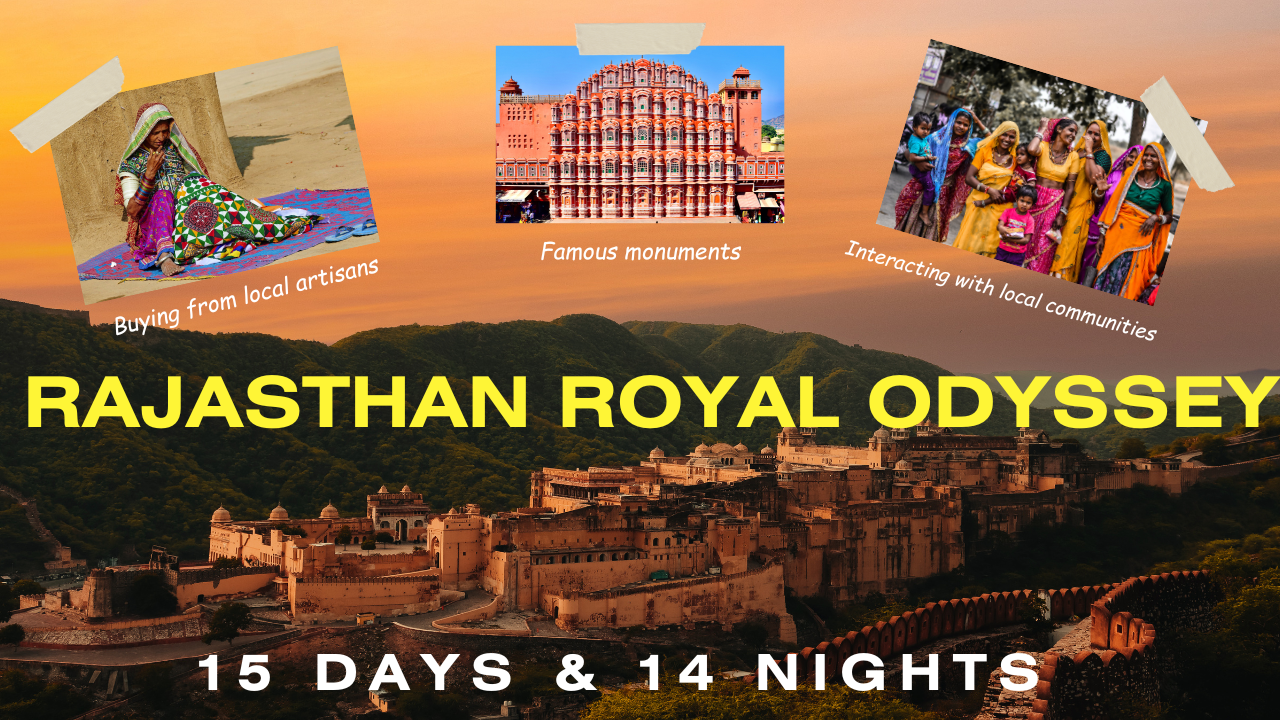Overview
Chittorgarh, located in the southern part of Rajasthan, is a city that epitomizes bravery, sacrifice, and regal history. The city is dominated by the impressive Chittorgarh Fort, one of the largest forts in India and a UNESCO World Heritage Site. Steeped in tales of Rajput pride and valor, Chittorgarh offers visitors a glimpse into the royal history of Rajasthan, with its palaces, temples, and architectural masterpieces.
Key Attractions in Chittorgarh
- Chittorgarh Fort: The city’s crown jewel, this massive fort is a symbol of Rajput valor. The fort, which spreads over 700 acres, features numerous gates, palaces, temples, and towers. The Vijay Stambh (Victory Tower) and Kirti Stambh (Tower of Fame) are iconic landmarks within the fort that commemorate the bravery of the Rajputs.
- Rani Padmini Palace: Known for its connection to the legendary queen Rani Padmini, this palace inside the fort is a beautiful example of Rajput architecture. The palace, with its intricate carvings and lake view, is associated with the story of Rani Padmini’s self-sacrifice during the siege of Chittorgarh.
- Vijay Stambh: A towering structure built by Maharana Kumbha to commemorate his victory over the Sultan of Malwa. The Victory Tower is an architectural marvel, with intricate carvings and sculptures, offering panoramic views of the surrounding fort and town.
- Kirti Stambh: Another prominent tower inside the fort, dedicated to the Jain saint Adinatha, it is an example of Jain architecture, featuring exquisite carvings and reliefs.
- Fateh Prakash Palace: A beautiful royal palace located within the fort, it showcases royal living spaces, gardens, and murals that reflect the opulence of Chittorgarh's rulers.
- Gaumukh Reservoir: A serene spot located within the fort complex, the Gaumukh Reservoir is known for its sacred water tank, where water flows from a sculpted cow’s mouth.
Cultural and Historical Significance
Chittorgarh is a city steeped in the tales of valor, sacrifice, and honor. The fort, once the capital of the Mewar Kingdom, has witnessed several historic sieges and battles, the most famous being the siege of Rani Padmini, which is a symbol of Rajput pride. The city’s temples, palaces, and towers all stand as reminders of the heroism and sacrifice of the Rajput kings and queens.
Best Time to Visit
The best time to visit Chittorgarh is between October and March, when the weather is cool and perfect for sightseeing. The fort and other attractions are best explored during these months. Summers can be extremely hot, making outdoor exploration less pleasant.
How to Reach Chittorgarh
- By Air: The nearest airport is in Udaipur (about 120 km away), which is well-connected to major cities in India.
- By Rail: Chittorgarh is well-connected by rail, with the Chittorgarh Junction offering trains to cities like Jaipur, Udaipur, and Delhi.
- By Road: Chittorgarh is accessible by road from major cities in Rajasthan, including Udaipur, Jaipur, and Ajmer, with bus services and taxis available.
Shopping and Local Crafts
Chittorgarh is known for its local handicrafts, including embroidered textiles, traditional jewelry, and wooden artifacts. The markets around the fort offer a variety of souvenirs, such as paintings depicting royal history, stone carvings, and Rajput-style home décor.
Why Visit Chittorgarh?
Chittorgarh is a destination for those interested in Rajasthan’s regal history, ancient architecture, and tales of valor. The Chittorgarh Fort offers a deep insight into the glory of Rajput kings and their sacrifices. The city’s royal palaces, towers, and temples are a must-see for history lovers and anyone wanting to experience the grandeur of Rajasthan’s past.


